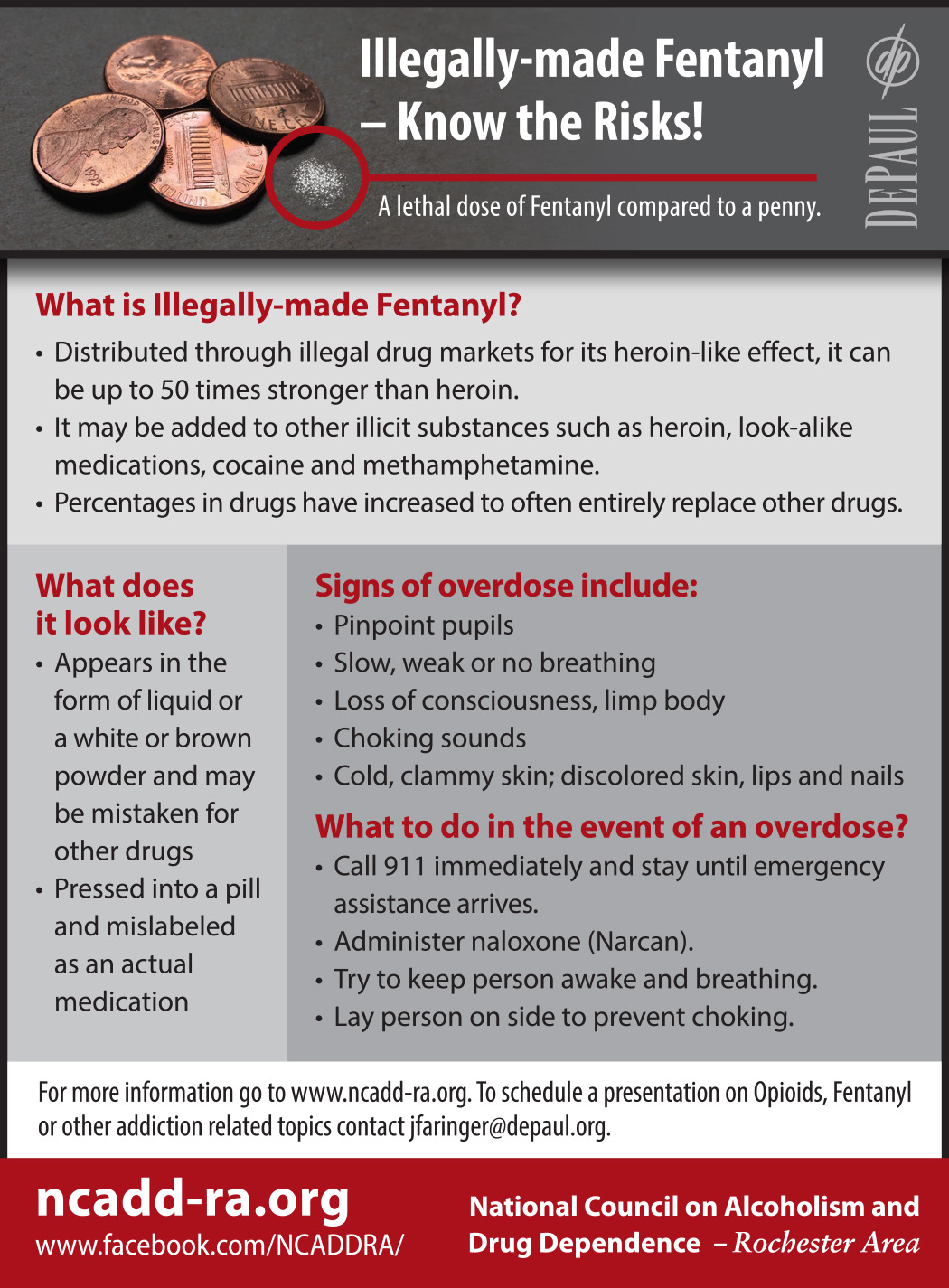The Face of the Opioid Epidemic Shifts Yet Again

By Jennifer Faringer, MS Ed, CPP-G
The opioid epidemic has seen multiple waves. It first emerged in the early 2000s with the overprescribing and misuse of pain medications. If individuals became addicted to pain medications and could no longer obtain them either legally or illegally, they shifted their use patterns to heroin which became cheaper and more available, marking the second wave beginning in the 2010s. The third wave began in 2015 with the appearance of illegal fentanyl, first in the heroin supply, then in a variety of other drugs including look-alike pills. (See United States Drug Enforcement Administration’s One Pill Can Kill campaign). Currently, since 2023, we find ourselves amidst a fourth wave as illicit fentanyl has entered the illegal stimulant supply at increasing rates.
Drug use trends show there are geographical preferences in the United States with cocaine being the stimulant of choice in the Northeast and methamphetamine being the stimulant of choice in the West, Mid-West, and South. Interviews with individuals following non-fatal overdose incidents have shown that those using drugs are often unaware that their cocaine or methamphetamine supply had been laced with fentanyl, and therefore don’t perceive themselves to be at risk for an opioid overdose. Fentanyl test strips or the opioid reversal medication Narcan and calling 911 are some tools for reducing potential harm and decreasing the likelihood of a fatal overdose.
Illegal fentanyl now makes up 25 percent of the recreational drug supply in terms of toxicity, followed by heroin at 20 percent. It is now a factor in more than half of overdose deaths, rising 2.5 times faster than heroin deaths, as well as outpacing prescription opioid overdose deaths by over 500 percent. One kilogram of fentanyl contains 250,000 lethal doses. With the advent of illegal fentanyl being added to stimulants, statistics show that Black Americans are disproportionally affected by this trend, especially in the Northeast among the 55- to 64-year-old age group. Latinx Americans are also at increasing risk.
Some individuals who use drugs claim they are able to “test” for the presence of fentanyl by noticing if their supply has a sweet smell. In reality, the only way to verify if a drug contains fentanyl is with tools like fentanyl test strips. To get a precise measure of both the amount and the potency, the product must be submitted to a lab for analysis.
Being proactive involves awareness of current drug trends, watching out for signs and symptoms as well as being prepared with fentanyl test strips and Narcan. These, along with educational presentations, information and referral resources are all available at the National Council on Alcoholism and Drug Dependence – Rochester Area (NCADD-RA). More information may be found by visiting www.ncadd-ra.org.